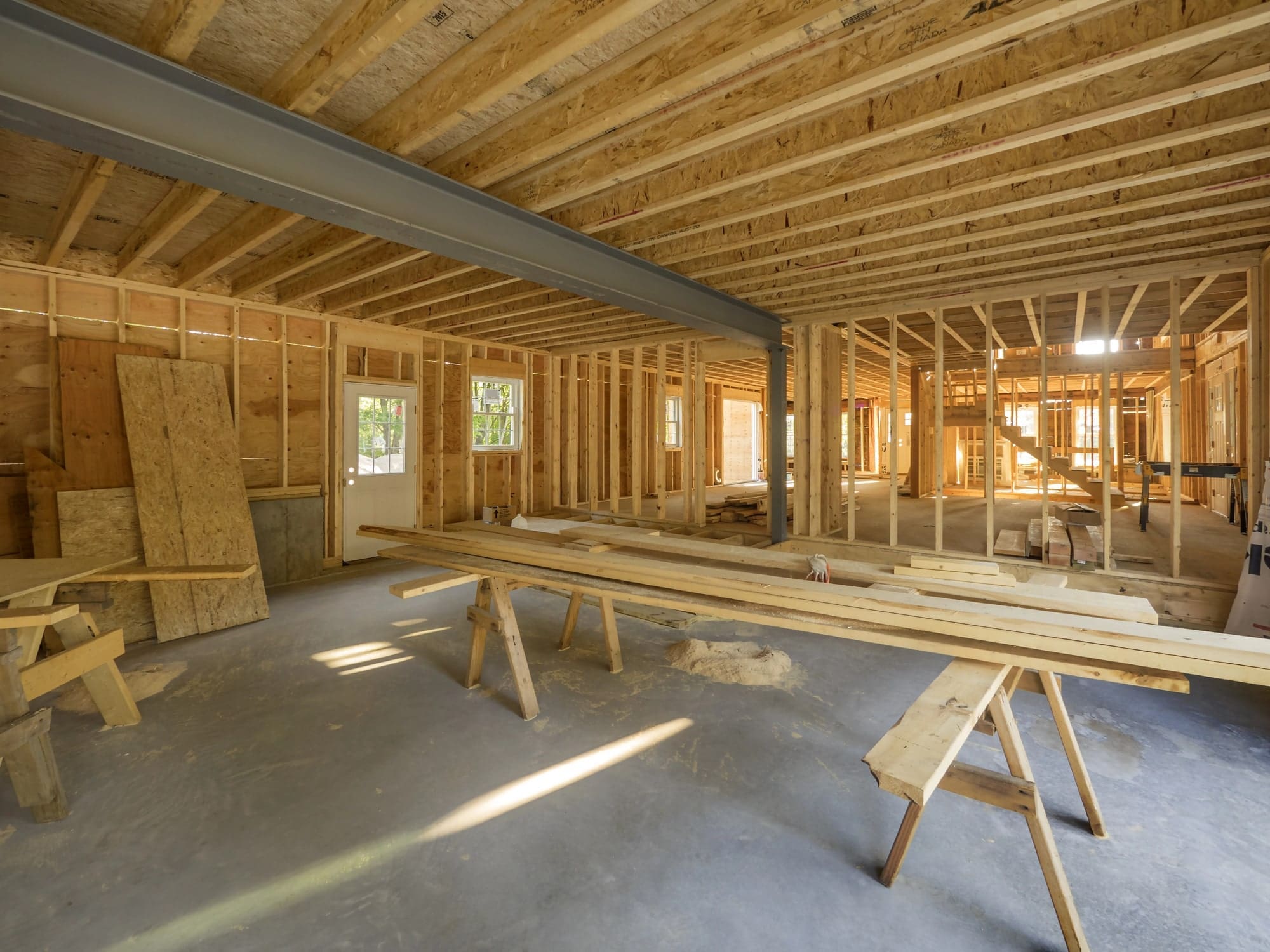If you’ve ever taken on a home renovation, you’ll know that it’s not just about choosing tiles or paint colours. At some point, the serious stuff comes in, like figuring out what’s going to hold your house up when you start taking walls down. That’s usually where a steel beam, more specifically an RSJ (Rolled Steel Joist), becomes part of the conversation.
An RSJ is essentially an I-shaped steel beam. The central web carries the vertical load, while the top and bottom flanges keep the member steady against bending and twist. This straightforward geometry delivers a lot of strength for a relatively slim section.
Strength that Makes a Difference
Steel beams are strong. That might sound obvious, but in home renovations, that strength means you can remove a wall and still have the structure stay safe. I’ve seen them used to turn three small rooms into one large kitchen-diner, and it completely changes how a house feels.
Steel doesn’t bend out of shape, decay over time, or attract termites the way timber often does. Once it’s in, it’s in for decades without much fuss.
Why Open-Plan Homes Rely on Them
If you like the idea of an open-plan kitchen or living area, the odds are you’ll need a steel beam. Many internal walls are load-bearing, so you can’t just knock them out and hope for the best. A steel beam takes on that load so the ceiling doesn’t come down.
It’s the hidden piece of the puzzle that lets you enjoy the space you want without a forest of support posts breaking up the view.
Slim but Strong
One of the underrated benefits of a steel beam is how much weight it can handle for its size. Whether it’s a loft conversion or a basement, that makes a difference. A slimmer beam can give you the headroom you need to meet building regulations, which can be the difference between approval and rejection.
Low Maintenance for the Long Haul
Once a steel beam is in place, it doesn’t demand much attention. Indoors, it’s pretty much maintenance-free. In damp areas, you might give it a protective coating, but that’s about it. You’re not going to be dealing with rot, splitting, or pests.
Over decades, that reliability pays off. While steel may cost more upfront than timber, it’s a once and done investment for most homeowners.
Built-In Safety Advantages
Steel does not burn. At very high temperatures, it can lose capacity, so regulations usually call for extra protection such as fire fire-rated board or an intumescent coating. Because the member itself is non-combustible, that protection slows heat buildup and helps people get out safely.
Recent UK data shows that the fire protection materials market is projected to reach around £3.3 billion in 2025, largely driven by the growing use of intumescent coatings on structural steel
Tailored to Your Project
Every renovation is different, and steel beams can be made to fit your specific span and load requirements. Whether you’re opening up a small doorway or holding up the side of a new extension, an engineer can specify exactly what’s needed.
You can also combine them with other materials. I’ve seen them paired with timber joists for a traditional feel or glass walls for a more modern, open look.
Following the Rules
Structural alterations must comply with building rules. A steel beam is straightforward to design and certify because an engineer can calculate loads and capacities precisely.
Thinking About the Environment
It’s easy to think of steel as bad for the environment because of the energy needed to produce it. But here’s the other side, Steel is one of those rare materials that can be reused countless times, and it never loses its strength in the process. Many beams already contain recycled steel, and when a building is demolished, those beams can be used again.
A Few Things to Keep in Mind
Steel beams are heavy. Installing one isn’t a weekend DIY project. You’ll need proper lifting gear and skilled installers. In some cases, temporary supports are put in place while the beam is fitted, so the process can take careful planning.
Final Thoughts
An RSJ steel beam rarely takes the spotlight in a renovation, yet it makes the layout you want possible. It provides the strength and stability behind open rooms and clean spans. Once installed, it works quietly for years, which is exactly what you want from a structural element.


